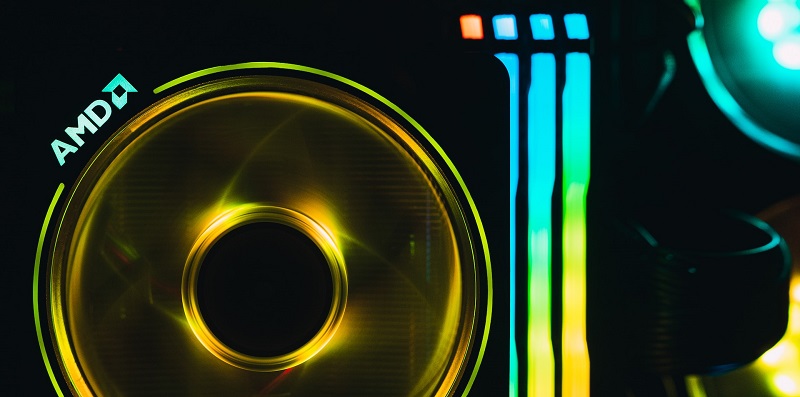AMD’s RDNA 3 chips have been highly anticipated in the graphics card market, promising improved performance and features. In recent news, an AMD executive has confirmed that the RDNA 3 portfolio is complete, and there are no plans for producing any new chips. This announcement has sparked discussions and speculation about the future of AMD’s graphics card lineup.
Confirmation of Current Completion
During a recent interview, an AMD executive stated, “Well, the RDNA 3 portfolio is now complete. Of all the products that we have planned to launch, these are the last few products that we will launch.” This statement serves as confirmation that AMD has finalized its current-gen RDNA 3 lineup and does not have any upcoming releases planned.
Existing Models and Versions
While there may be variations in upcoming products, the executive clarified that these versions will not utilize new ASICs. Instead, they will be based on existing chips such as Navi 31, 32, and 33. This suggests that AMD will leverage its current chip architecture to offer different performance levels and cater to various market segments.
Speculations and Possibilities
The confirmation of a complete lineup leaves room for speculation about potential releases. The mention of different versions opens up the possibility for a vanilla RX 7800 or RX 7700 to enter the market. If these cards are released, they could strengthen AMD’s presence and compete with similar offerings from rival companies. Additionally, AMD may aim to position these cards as among the best graphics cards available, catering to gamers seeking high performance.
Lack of Major New Graphics Card
Despite the speculated possibilities, the executive’s statement makes it clear that a major new current-gen graphics card is not in the company’s current plans. Their emphasis on the completion of the RDNA 3 lineup indicates that AMD considers it finished or lacks any immediate plans for further models. This suggests that consumers should not expect any groundbreaking releases but rather variations or refreshes of existing products.
Future Plans and Fresh Spins
While a major new graphics card may not be on the horizon, the mention of future plans and fresh spins implies that AMD will continue to innovate within their existing lineup. They may introduce subtle updates, improved versions, or different configurations for their current models. This approach allows the company to fine-tune its graphics cards and cater to evolving consumer demands and market trends.
Hope for Specific Models
Enthusiasts and consumers may still hold out hope for specific models within the RDNA 3 lineup. The desire for a plain RX 7700 to bridge the performance gap between the 7700 XT and 7600 remains strong. However, the rumored RX 7500 may face uncertainty, given AMD’s affirmation of the completion of the current lineup.
AMD has officially completed its RDNA 3 lineup, offering a wide range of products at various price points. The confirmation that no new RDNA 3 chips will be produced in the near future may disappoint some enthusiasts who were eagerly anticipating a major new graphics card. However, AMD’s focus on existing models and potential future plans for enhancements indicates that they are committed to improving and optimizing their current-generation offerings. Gamers and consumers can anticipate improved versions and variations within the existing RDNA 3 lineup.

